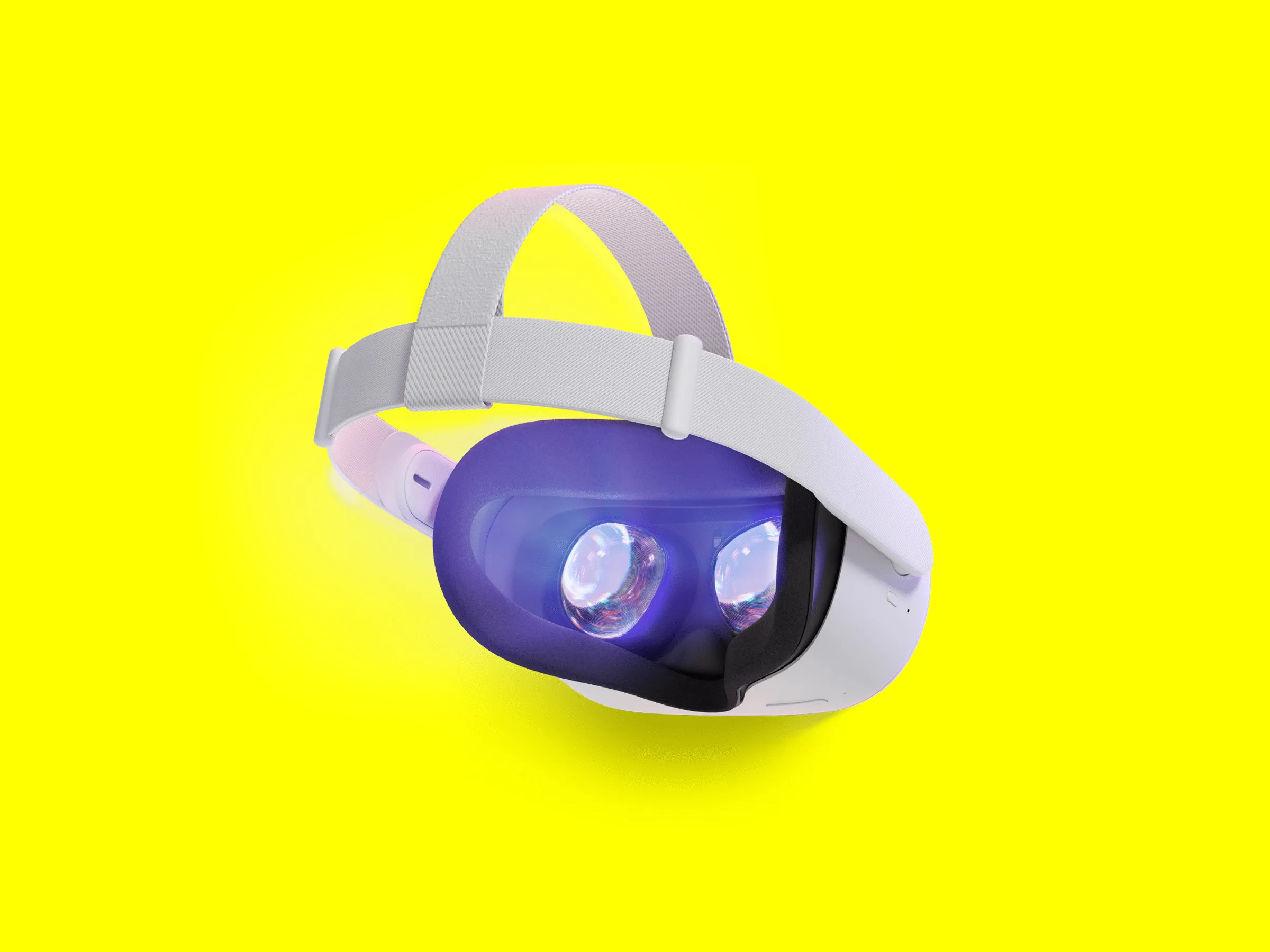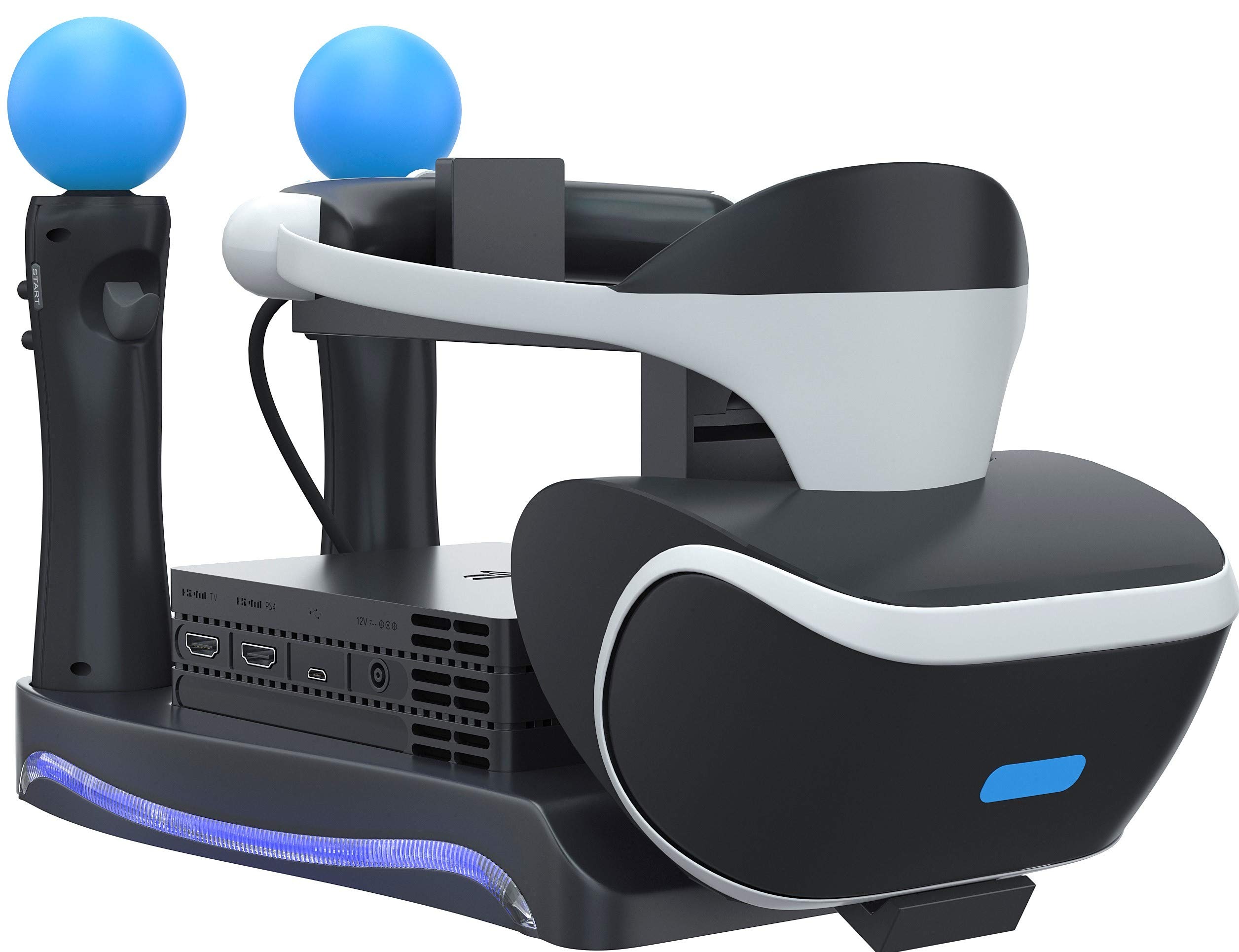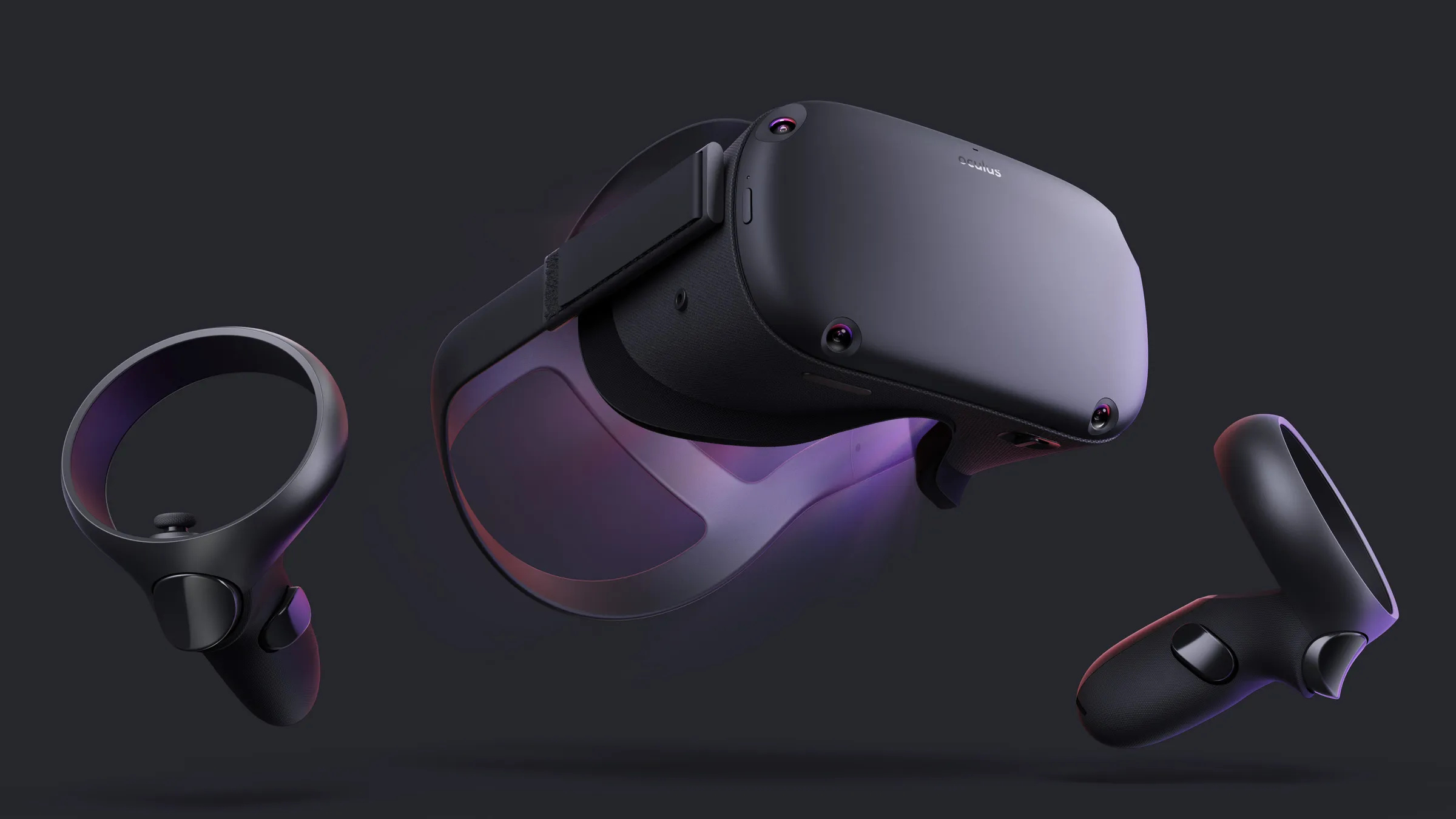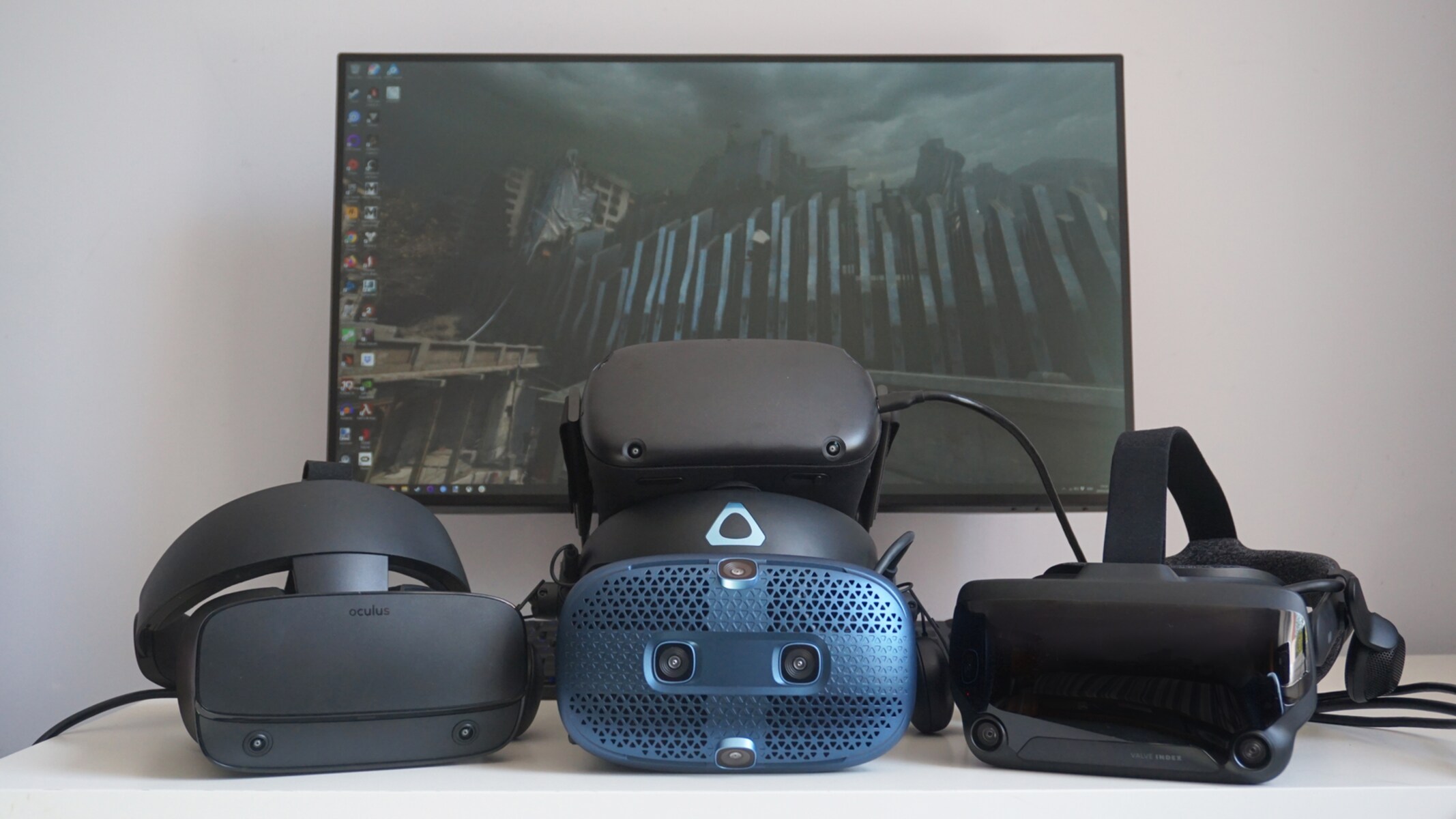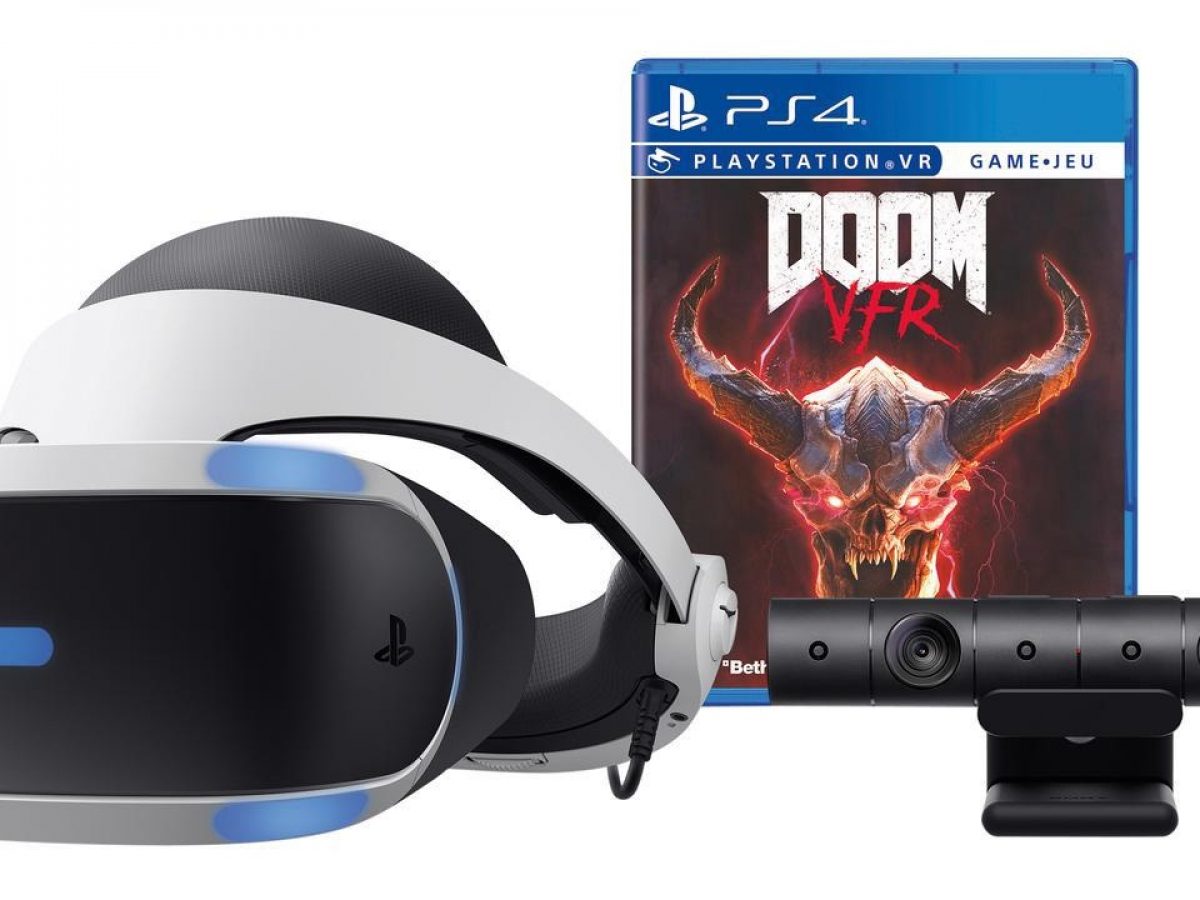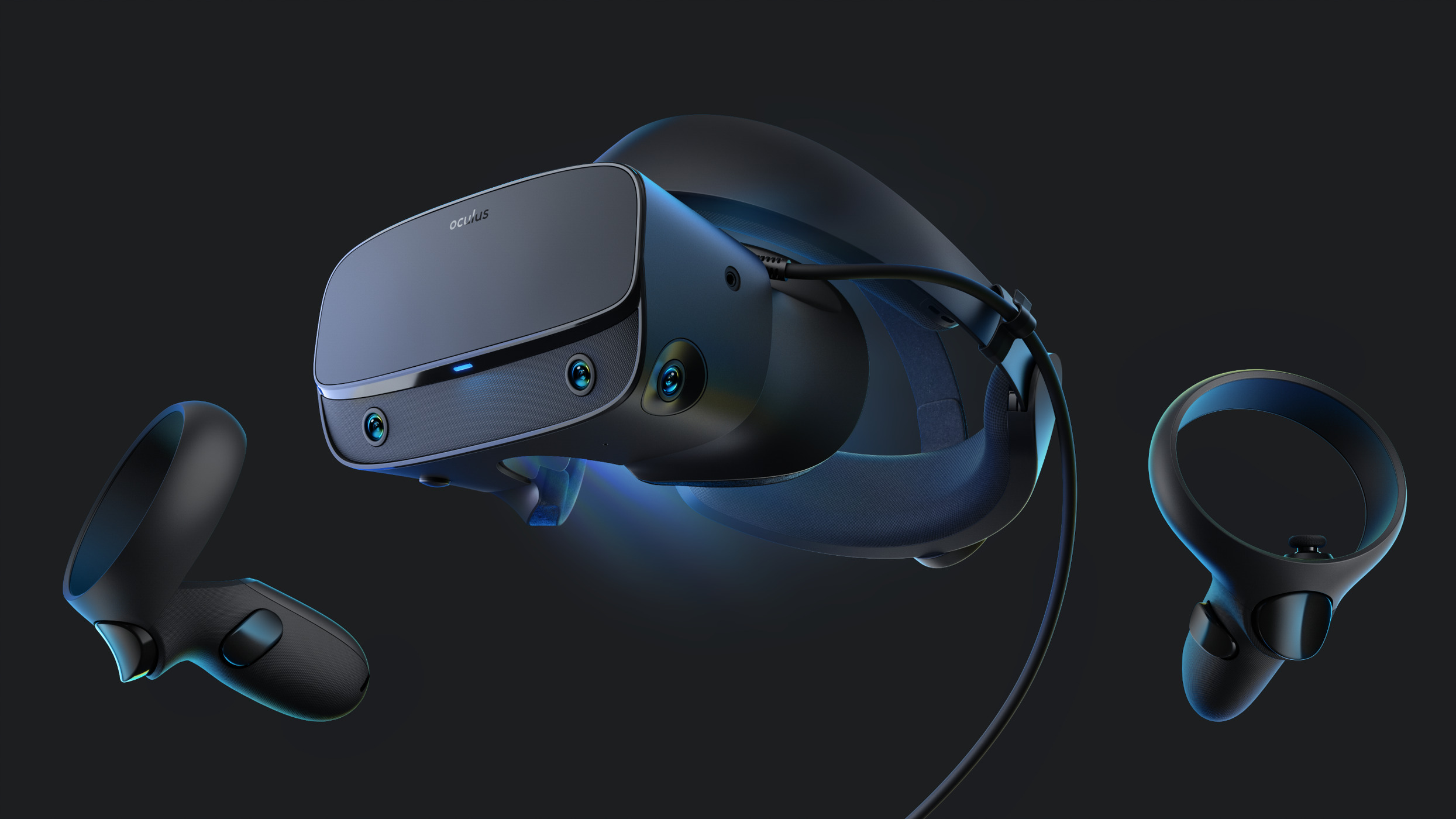Introduction
Welcome to the exciting world of virtual reality (VR) headsets! As technology continues to advance, VR headsets have become increasingly popular among gaming enthusiasts, movie lovers, and even professionals in various fields. These immersive devices transport users to virtual realms, providing an unmatched level of engagement and realism. However, before diving into the world of VR, it’s important to understand the costs associated with these cutting-edge devices.
When it comes to purchasing a VR headset, there are various factors to consider, including the type of headset, its features, and of course, the price tag. The cost of VR headsets can vary significantly depending on their functionality, quality, and the manufacturer’s brand. In this article, we will explore the different types of VR headsets and delve into the costs associated with each category.
Whether you’re looking for a high-end PC-based VR headset, a standalone device, or a mobile VR headset that works with your smartphone, we’ve got you covered. We will also discuss additional costs that may come into play, such as accessories and software. So without further ado, let’s dive into the fascinating world of VR headsets and find out just how much they cost!
Different Types of VR Headsets
VR headsets come in various shapes, sizes, and capabilities. Understanding the different types will help you choose the one that suits your needs and budget. Let’s take a closer look at the three main categories of VR headsets available in the market:
- PC-based VR Headsets: These high-end VR headsets require a powerful computer to function. They provide the most immersive and graphically-intensive VR experiences. Brands like Oculus Rift, HTC Vive, and Valve Index fall into this category. PC-based VR headsets offer precise tracking, stunning visuals, and often come bundled with handheld motion controllers. However, they tend to be the most expensive option, with prices ranging from $300 to $1000 or more, depending on the model and included accessories.
- Standalone VR Headsets: Standalone VR headsets are self-contained devices that do not require a computer or smartphone to operate. They have built-in screens and processors, offering more freedom of movement and ease of use. Oculus Quest and HTC Vive Focus are popular examples of standalone VR headsets. These devices typically fall into the mid-range price bracket, ranging from $200 to $600.
- Mobile VR Headsets: Mobile VR headsets are a budget-friendly option that utilizes your smartphone’s display and processing power. They are typically made of lightweight materials and have a slot where you can insert your smartphone. Popular mobile VR headset options include Samsung Gear VR and Google Cardboard. The cost of mobile VR headsets can range from as low as $10 for basic cardboard viewers to around $100 for more advanced models.
Each type of VR headset caters to different needs and preferences. PC-based VR headsets offer the best performance and graphics, standalone headsets provide convenience, while mobile headsets are a cost-effective option. Consider your budget, desired level of immersion, and available hardware before making a decision.
Cost of PC-based VR Headsets
PC-based VR headsets offer the most immersive and high-quality virtual reality experiences. However, due to their advanced technology and features, they tend to be the most expensive option on the market.
The cost of PC-based VR headsets can range significantly depending on the brand, model, and included accessories. At the higher end of the price spectrum, you’ll find headsets such as the Valve Index, which comes with precise finger tracking and stunning visuals. The Valve Index is priced at around $999, making it a premium choice for enthusiasts who prioritize top-of-the-line specifications.
The Oculus Rift S is another popular PC-based VR headset that offers a balance between price and performance. This headset is equipped with 6 degrees of freedom (6DoF) tracking and uses inside-out tracking technology. The Oculus Rift S is priced at around $399, making it a more affordable option compared to higher-end models.
If you’re on a tighter budget, the Oculus Quest 2 is worth considering. While it is primarily a standalone headset, it can also be connected to a PC via Oculus Link, allowing you to access PC VR games and experiences. The Oculus Quest 2 starts at $299 for the 64GB version and $399 for the 256GB version, providing a versatile solution for both standalone and PC-based VR.
In addition to the headset itself, there may be additional costs to consider when purchasing a PC-based VR system. These costs could include handheld motion controllers, which provide a more immersive and interactive experience, as well as optional accessories like VR treadmills or haptic feedback devices. It’s important to factor in these additional costs when budgeting for a PC-based VR setup.
Overall, PC-based VR headsets offer the highest level of performance and visual fidelity but come with a higher price tag. Depending on your budget and specific requirements, there are options available at various price points. Consider your needs, hardware compatibility, and desired level of immersion when choosing a PC-based VR headset.
Cost of Standalone VR Headsets
Standalone VR headsets provide a convenient and hassle-free way to experience virtual reality without the need for a separate computer or smartphone. These standalone devices offer built-in displays and processors, making them more accessible and user-friendly compared to PC-based VR headsets. When considering the cost of standalone VR headsets, it’s important to consider both the headset itself and any additional accessories or upgrades.
One popular standalone VR headset is the Oculus Quest 2. It offers a balance between performance and affordability, with a starting price of $299 for the 64GB version and $399 for the 256GB version. The Oculus Quest 2 features 6 degrees of freedom (6DoF) tracking, allowing for a more immersive experience. It also has a growing library of games and experiences available for download.
Another standalone VR option is the HTC Vive Focus. This headset provides similar features to the Oculus Quest 2, including 6DoF tracking and a wireless design. However, it tends to be on the higher end of the price spectrum, starting at around $599. The HTC Vive Focus also offers different tiers with additional storage capacity and enhanced features, which can increase the cost further.
It’s worth noting that standalone VR headsets may require additional accessories or upgrades for optimal performance. For example, some users prefer to purchase additional head straps or ergonomic accessories to enhance comfort during prolonged use. These optional accessories can add to the overall cost but can greatly improve the overall VR experience.
Additionally, some standalone VR headsets may offer the option for external tracking accessories. This can improve tracking accuracy, especially in larger play areas or for more complex VR applications. However, these external tracking accessories may come at an additional cost.
When considering the cost of standalone VR headsets, it’s essential to factor in any additional expenses such as accessories or upgrades that might be necessary for your desired experience. Despite these potential costs, standalone VR headsets provide a more affordable and accessible entry point into the world of virtual reality for many users.
Cost of Mobile VR Headsets
If you’re looking for a budget-friendly option to experience virtual reality, mobile VR headsets are worth considering. These headsets rely on your smartphone’s display and processing power to deliver immersive VR experiences. The cost of mobile VR headsets can vary depending on the brand, features, and build quality.
One of the most popular mobile VR headsets is the Samsung Gear VR. It offers a sleek design and compatibility with select Samsung smartphones. The basic model can be purchased for around $50, while more advanced versions may cost slightly more. The Samsung Gear VR provides an immersive VR experience at a relatively affordable price point.
Another option is the Google Daydream View, a mobile VR headset compatible with a wide range of Android smartphones. The Google Daydream View offers a comfortable fabric design and a motion controller for an interactive experience. It is available for around $100, making it an affordable choice for mobile VR enthusiasts.
Other mobile VR headsets, such as the Oculus Go and the Google Cardboard, can cost as low as $10. These low-cost options provide a basic VR experience but may not offer the same level of immersion or comfort as more advanced models. However, they can still be a great entry point into virtual reality for those on a tight budget.
It’s important to note that mobile VR headsets do have limitations compared to PC-based or standalone headsets. The graphical quality and tracking capabilities may not be as advanced, and the overall experience may vary depending on the performance of your smartphone. However, these affordable options still offer a glimpse into the world of virtual reality without breaking the bank.
In addition to the initial cost of the mobile VR headset, users may need to consider additional expenses such as purchasing compatible apps or games from app stores. Some headsets may also offer optional accessories like protective cases or replacement face cushions, which can add to the overall cost.
Overall, mobile VR headsets provide a cost-effective way to experience virtual reality using your smartphone. While they may not offer the same level of immersion as high-end options, they still provide an accessible entry point into the world of VR for those on a budget.
Additional Costs to Consider
When budgeting for a VR headset, it’s important to consider the additional costs that may arise beyond the initial purchase of the device. These costs can vary depending on your specific needs and preferences. Here are some additional expenses you may need to consider:
- Accessories: Depending on the VR headset you choose, there may be optional accessories available for purchase. These can include items such as additional controllers, headphones, or protective cases. While not essential, these accessories can enhance your VR experience and add to your overall cost.
- Software: Most VR headsets come with a selection of free software and games, but there may be premium apps or games that you need to purchase separately. Before making a decision, consider the cost of the software library you’re interested in and factor it into your budget.
- Upgrades and Add-ons: Over time, you may want to upgrade certain components of your VR setup. This could include upgrading the graphics card or adding more storage to your PC if you have a PC-based VR headset. These upgrades can be costly, so it’s important to consider the potential future expenses when planning your VR investment.
- Subscription Services: Some VR platforms offer subscription-based services that provide access to a library of VR content. These services can include exclusive games, experiences, and virtual social platforms. If you decide to subscribe to these services, be sure to factor in the monthly or annual cost into your overall budget.
- Internet Bandwidth: If you plan to use online multiplayer features or stream VR content, you may need to ensure that your internet connection can handle the bandwidth requirements. Depending on your current internet plan, you may need to upgrade to a higher-speed package, which could result in additional monthly expenses.
It’s crucial to consider these additional costs when budgeting for a VR headset. Understanding the potential ongoing expenses will help you make an informed decision and avoid any financial surprises along the way.
Tips for Finding the Best Deals
When it comes to purchasing a VR headset, finding the best deals can help you save money without compromising on quality. Here are some tips to help you find the best deals on VR headsets:
- Research and Compare Prices: Take the time to research different brands, models, and retailers. Compare prices across various online and physical stores to ensure you’re getting the best deal. Don’t forget to consider factors like shipping costs and return policies when comparing prices.
- Consider Refurbished or Pre-Owned Options: Refurbished or pre-owned VR headsets can often be found at a lower price point compared to brand new ones. Check reputable websites or local classifieds for secondhand options. Just be sure to read the product descriptions carefully and buy from trusted sellers who offer return policies or warranties.
- Look for Bundles: Pay attention to bundle deals that include additional accessories or games. Sometimes, buying a headset with bundled extras can be more cost-effective than purchasing them separately. Keep an eye out for holiday or special event promotions that may offer discounts or exclusive bundles.
- Sign Up for Newsletters and Alerts: Subscribe to newsletters and follow social media accounts of VR companies and retailers. They often announce promotions, discounts, or flash sales to their subscribers or followers. Stay informed about upcoming deals by enabling alerts or notifications from these sources.
- Consider Off-Season Sales: Keep an eye out for sales events such as Black Friday, Cyber Monday, or other seasonal promotions. These events often offer significant discounts on various tech products, including VR headsets. Consider making your purchase during these sales to take advantage of the best deals.
- Read Reviews and Compare Features: Before making a purchase, read customer reviews and compare the features of different VR headsets. This will help you determine if a particular model offers good value for money. Don’t solely rely on price; consider the overall quality and user experience as well.
- Check for Warranty Options: Check if the VR headset comes with a warranty or extended warranty option. This can be valuable in case of any defects or issues that may arise. A warranty can save you from additional expenses in the long run.
By following these tips, you can increase your chances of finding the best deals on VR headsets. Remember to prioritize value for money over a low price. It’s important to choose a headset that meets your needs and offers a satisfying VR experience within your budget.
Conclusion
Virtual reality headsets offer an exciting and immersive way to experience a whole new world of entertainment, gaming, and professional experiences. However, the costs of VR headsets can vary significantly based on the type, brand, and additional accessories. It’s important to carefully consider your budget and needs when choosing the right VR headset for you.
PC-based VR headsets provide the highest level of performance and realism, but they can also be the most expensive option. Standalone VR headsets offer a more convenient and affordable experience, while mobile VR headsets provide a budget-friendly entry point into the world of virtual reality.
In addition to the initial purchase cost, you should also consider the additional expenses that may arise, such as accessories, software purchases, upgrades, and subscription services. By factoring in these costs, you can better plan your overall investment in a VR headset.
To find the best deals, take the time to research and compare prices, consider refurbished or pre-owned options, and look for bundle deals. Be sure to sign up for newsletters and alerts to stay informed about promotions and sales events. Reading reviews and comparing features will help you make an informed decision, ensuring you get the best value for your money.
Virtual reality technology continues to evolve and become more accessible. With a wide range of VR headsets available on the market, there’s an option to suit every budget and preference. So dive into the world of VR and immerse yourself in awe-inspiring experiences that will transport you to new dimensions of entertainment and beyond!







